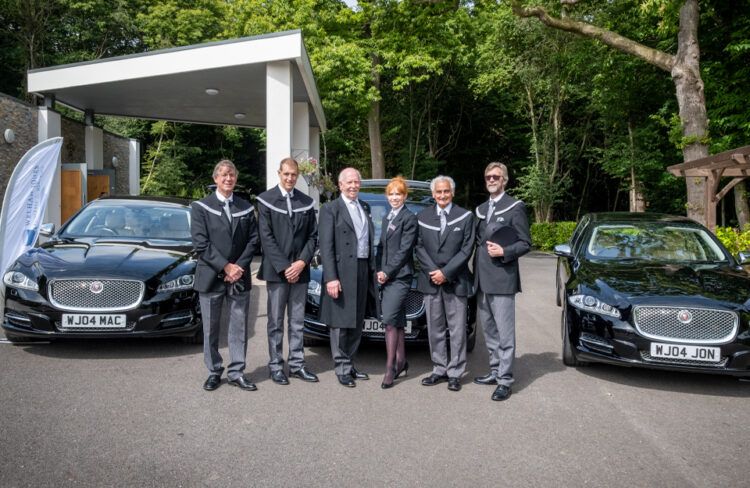- Telephone Funeral Director Borough Green 01732 780600
- Telephone Funeral Director Orpington & Chelsfield 01689 452525
- Telephone Funeral Director Chislehurst & Bromley 020 8467 2222
- Telephone Funeral Director Sevenoaks 01732 742400
- Telephone Funeral Director Swanley 01322 619100
- Telephone Funeral Director Tonbridge 01732 617171
- Telephone Funeral Director Tunbridge Wells 01892 300330




